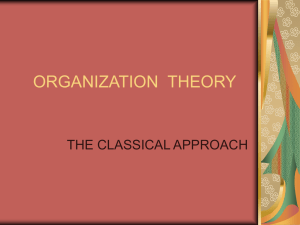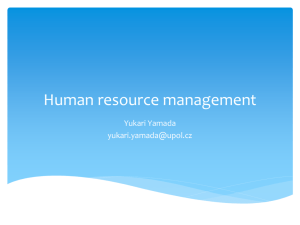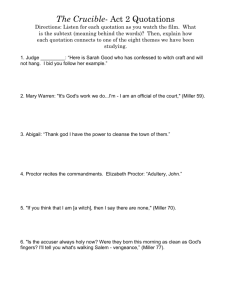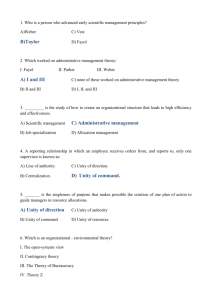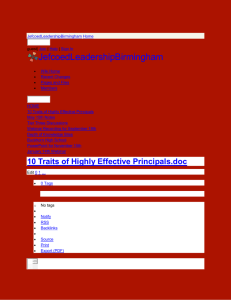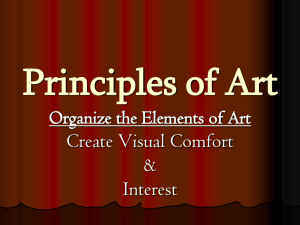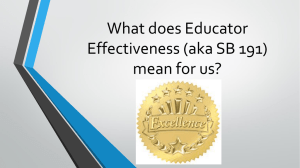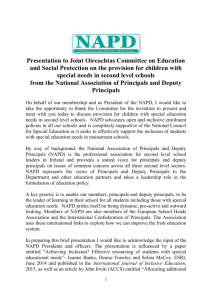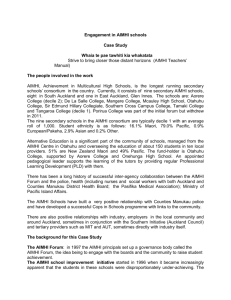Communication in Organizations
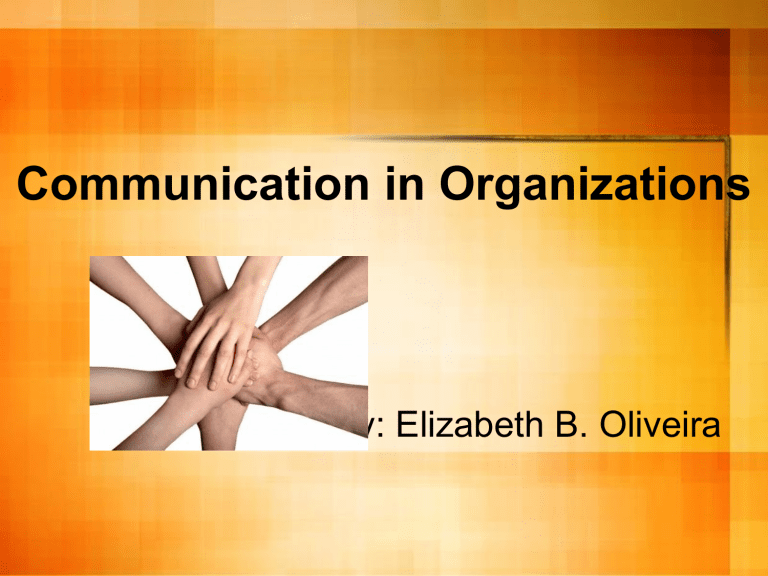
Communication in Organizations
By: Elizabeth B. Oliveira
What is Organizational
Communications?
Katherine Miller defines it as:
– “The Study of Organizational
Communications involves understanding how the context of the organization influences communication process and how the symbolic nature of communication differentiates it from other forms of organizational behavior” (1).
Henry Fayol’s Theory of
Classical Management
Fayol’s Theory Is concerned with the
Managerial function of Organizing
It is based on two concepts
– Elements of Management
Concerned with with Managers should do
– Principal’s of Management
Concerned with how Managers should enact the
Elements of Management
5 Elements of Management
Planning
Looking into Future to attain organizational goal
Organization
Arrangement of Employees and the evaluation of these employees
Command
Giving employees task in order to meet the organizational goal
Coordination
Working together to accomplish a goal.
Control
Ensuring the organization is functioning as planned
Principals of Management
–
–
–
–
–
–
Scholar Chain
Management should be in hierarchy
Unity of Command
Employee should receive orders from only one person
Unity of Direction
Proposes activities that have similar goals
Division of Labor
Work is it’s best when employees are assigned to a limited number of specialized tasks
Order
Appoint places for each employee
Span of Control
Managers are more effective if they have control of a limited number of employees
Weber’s Theory of
Bureaucracy
Clearly defined Hierarchy
Division of Labor
Centralization of Decision Making
Closed Systems
Importance of Rules
Functioning Authority
– Traditional (Listen to people above you)
– Charismatic
Taylor’s Theory of
Scientific Management
One best way to do the job
Proper selection of workers
Appropriate & Proper training of workers
Strict Division of Labor
– Difference between Management &
Workers
Principals of
Organizational Power
Centralization
– Organization most effective when central management has control over decision making & employee activities
Authority & Responsibility
– Managers should hold authority & responsibility must accompany authority
Discipline
– Organizational Members should be obedient to the rules of the Organization
Principals of
Organizational Reward
Remuneration of Personnel
– Employees should be rewarded for their work with appropriate salary & benefits
Equity
– Employees should be treated equally
Tenure Stability
– Job should guarantee sufficient time on the job for employees to achieve maximum performance
Principals of
Organizational Attitude
Subordination of Individual Interest to general Interest
– Interests of the whole take precedence over interests of the individuals
Initiative
– Employees must work in the best interest of the organization
Esprit de Corps
– No dissension in the organizational ranks
Summary
Classical Organizational Theories all use a machine metaphor that conceptualize the organization as highly standardized, specialized, and predictable (Miller, 22).
Structure & job design in today’s organizations often reflect the ideas expounded many years ago by classical theorists (Miller, 22).
References
Miller, K. (2006). Organizational
Communication. Belmont: Holly J Allen

